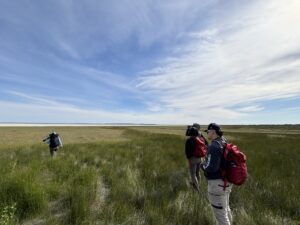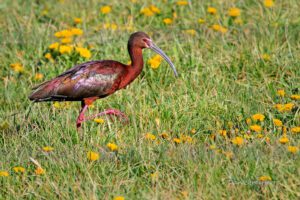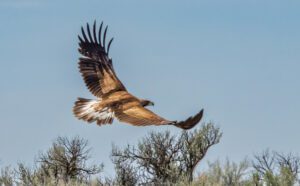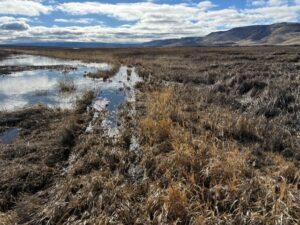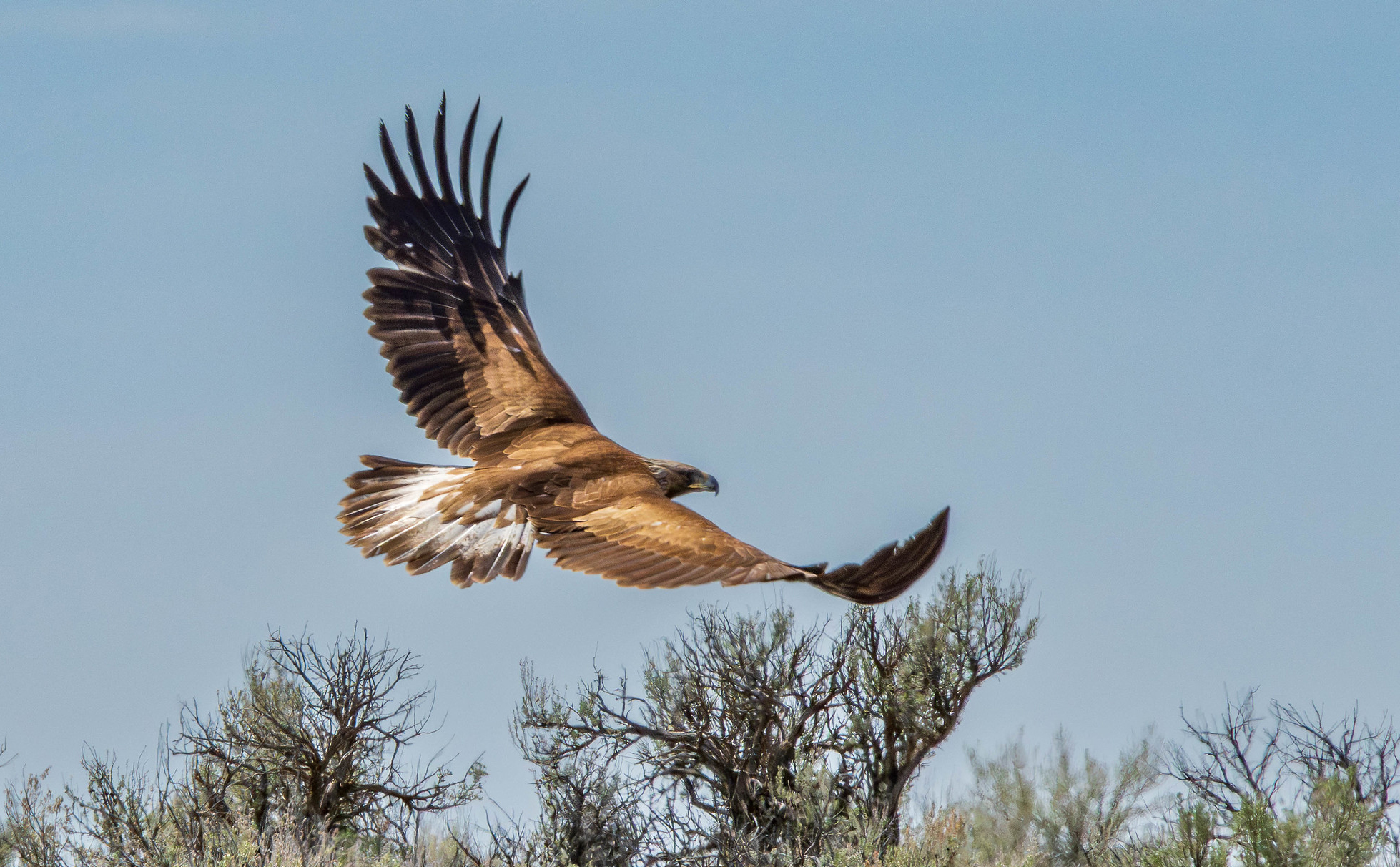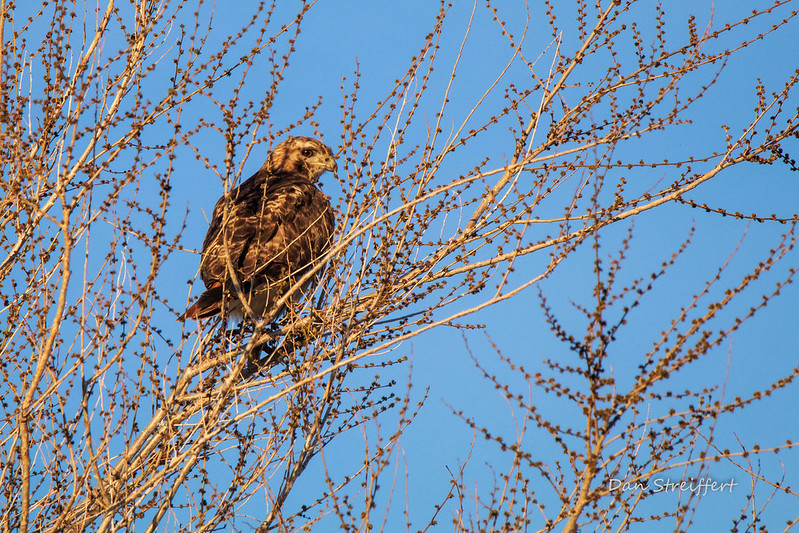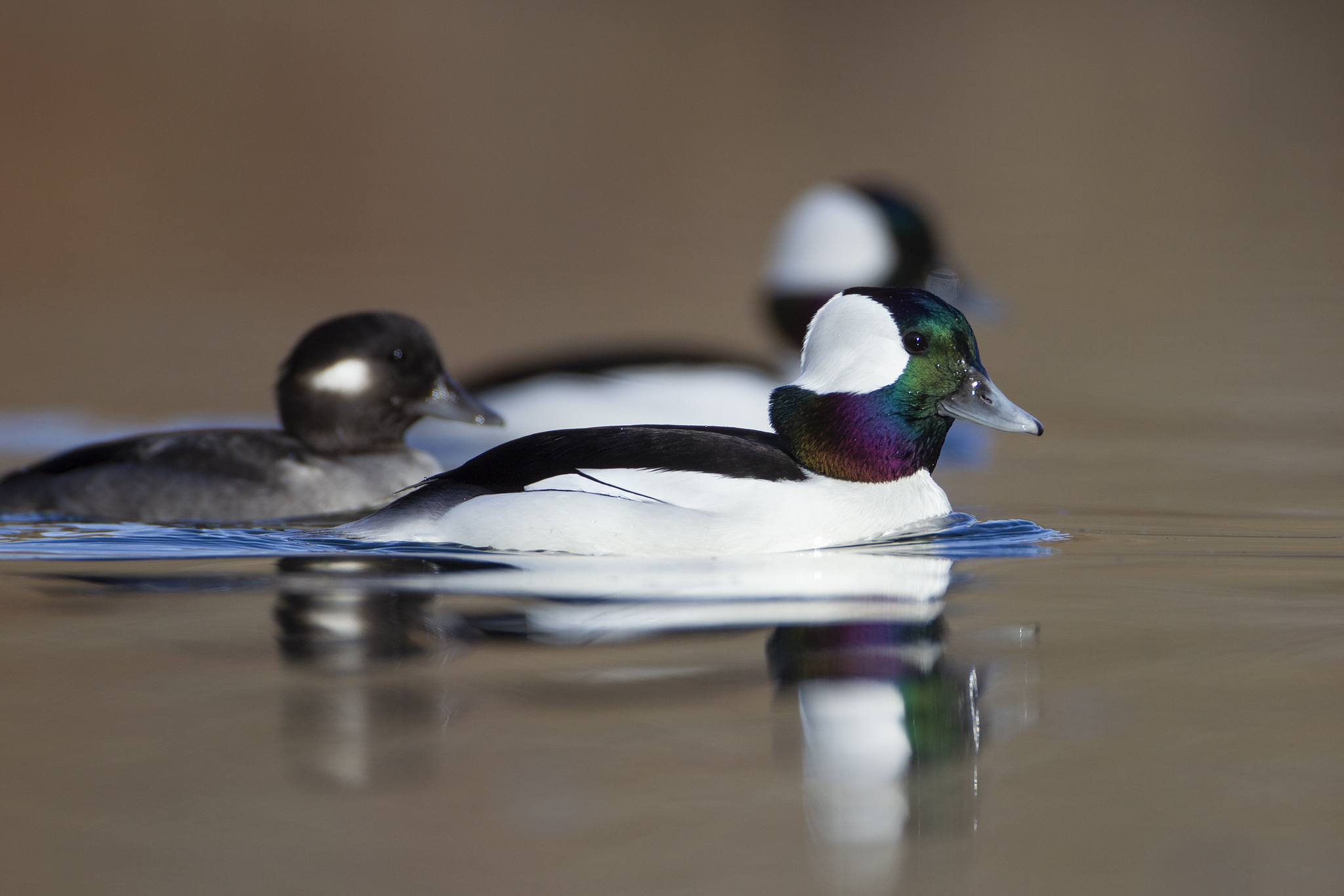Written by Peter Pearsall/Photo by Peter Pearsall
The Cinnamon teal (Anas cyanoptera) is a small, striking species of dabbling duck found in the Americas, easily recognized by the rich cinnamon coloration of the drake during breeding season. These ducks are part of the Anatidae family, which includes other familiar waterfowl such as mallards and wood ducks.
Cinnamon teal are primarily found in freshwater habitats across North and South America. They prefer shallow marshes, ponds, and wetlands with abundant emergent vegetation for nesting and feeding. During migration, they also frequent coastal marshes and estuaries.
As dabblers, cinnamon teal feed primarily on aquatic vegetation, seeds, and small invertebrates. They tip their bodies forward to reach food beneath the water’s surface, often with their tails pointed upwards.
Their breeding range extends from the western United States and Canada down through Central America into South America. (The species also occurs as a year-round resident in South America and is the only duck to have separate breeding populations in both North and South America.)
In North America, breeding occurs in spring and summer. Males perform animated courtship displays to attract females, including head bobbing, preening, and vocalizations. Nests are usually constructed on the ground, concealed among vegetation. Females incubate the eggs and care for the young ducklings after they hatch.
Cinnamon teal are known to hybridize with other species of teal, particularly the Blue-winged teal (Anas discors), leading to hybrid offspring with intermediate plumage characteristics.
The cinnamon teal is not currently considered globally threatened, with a stable population across its range. However, habitat loss and degradation due to human activities such as agriculture, urbanization, and wetland drainage pose ongoing threats to their populations. Conservation efforts focus on preserving and restoring wetland habitats critical for their survival.


